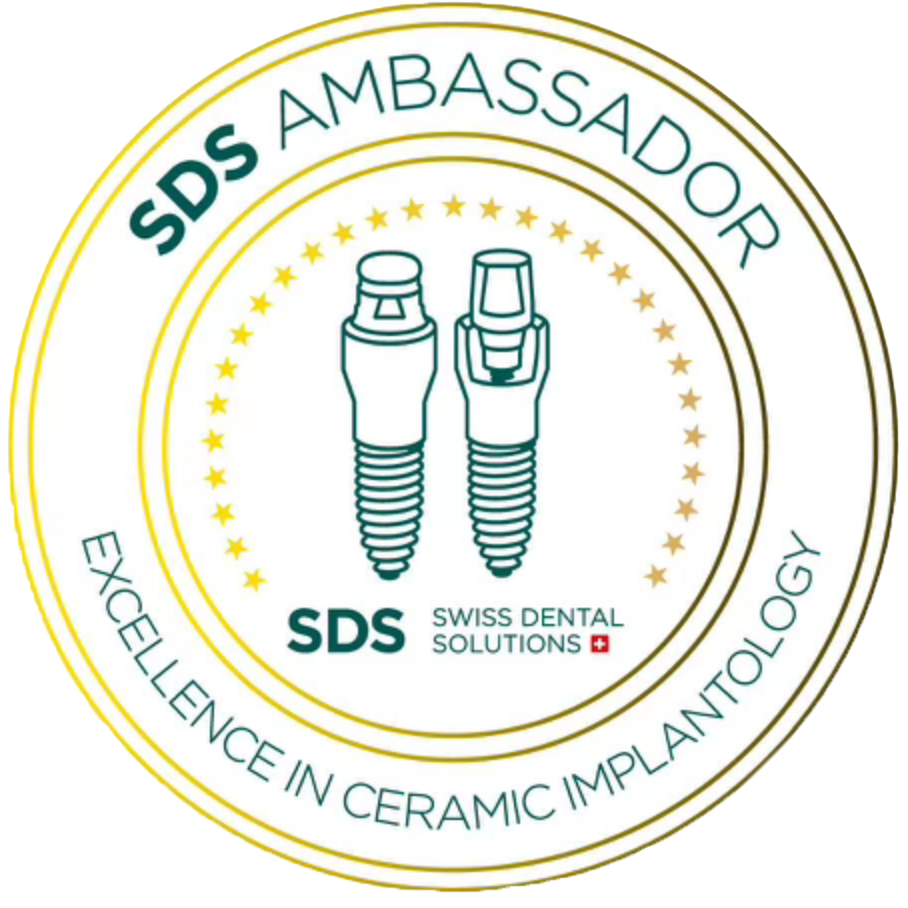About Us
Our Services
For Patients
Healing Stages of Dental Implants: A Step-by-Step Recovery Guide
Dental implants are a long-lasting solution for missing teeth, but like any surgery, they require time to heal. Understanding the healing stages can help you prepare for the process and ensure a smooth recovery. In this blog, we’ll walk you through the step-by-step recovery timeline for dental implants and offer tips on how to care for your new smile along the way.
The First 24-48 Hours: Immediate Post-Surgery
Right after the dental implant procedure, you can expect some swelling, discomfort, and minor bleeding. These symptoms are normal and typically subside after the first couple of days. Your dentist will likely prescribe pain medications or recommend over-the-counter options to manage discomfort. Applying an ice pack to the area can help reduce swelling.
During this time, follow your dentist’s post-operative care instructions closely, which may include:
- Avoiding hot foods and drinks.
- Sticking to soft foods like yogurt, soups, and smoothies.
- Gently rinsing your mouth with saltwater to promote healing.
First Week: Initial Healing Phase
By the end of the first week, most of the swelling and discomfort should significantly decrease. The implant site will still be sensitive, so continue to avoid chewing directly on it and stick to soft foods. During this phase, your body is beginning to heal the gum tissue around the implant.
At Shore Smiles Dental, we recommend that patients maintain excellent oral hygiene during this time, gently brushing around the implant site and avoiding any irritation. Be sure to attend any follow-up appointments scheduled during the first week to monitor your healing progress.
The Next 3-6 Months: Osseointegration
The most critical stage in dental implant healing is called osseointegration, which typically takes 3-6 months. During this period, the titanium implant fuses with your jawbone, creating a strong and permanent foundation for the artificial tooth (crown).
Although you won’t feel the osseointegration process happening, it’s important to take extra care of your implant site. Avoid hard or crunchy foods that could disturb the healing process, and continue to follow a gentle oral care routine. Your dentist will regularly check on the progress of osseointegration to ensure everything is going smoothly.
Midway Through HEaling: Placing the Abutment
Once osseointegration is complete, the next step involves placing an abutment on the implant. The abutment is a small connector that will hold your final crown or prosthetic tooth in place. This is a minor procedure, typically requiring only local anesthesia.
After the abutment is placed, your gums will need a few weeks to heal around it. This is the final stage before your permanent crown is attached. In some cases, temporary crowns may be placed while your gums heal, helping you maintain a normal appearance during this phase.
The Last Stage: Final Restoration
The final stage of dental implant recovery is placing the permanent crown. Once the abutment site has healed, your custom-made crown is attached to the implant, completing the restoration. At this point, your dental implant will function just like a natural tooth!
After the crown is in place, you can return to normal eating and brushing habits, enjoying your new, fully restored smile. Regular check-ups with your dentist will help ensure the longevity of your dental implant, allowing it to last for many years to come.
Tips for a Smooth Recovery
To ensure a successful recovery after your dental implant procedure, keep these essential tips in mind:
- Follow post-op instructions carefully. Avoid activities that could disrupt healing, like smoking or strenuous exercise.
- Maintain excellent oral hygiene by gently cleaning around the implant site and keeping your mouth free of bacteria.
- Attend all follow-up appointments to ensure your healing is progressing properly and to catch any potential complications early.
Ready for Your New Smile?
Thinking about dental implants? Schedule a consultation with Shore Smiles Dental
today! Our experienced team will guide you through the entire implant process, from surgery to recovery, ensuring you receive top-notch care every step of the way. Let us help you achieve the smile of your dreams!
Contact Shore Smiles Dental
today to start your implant journey.


